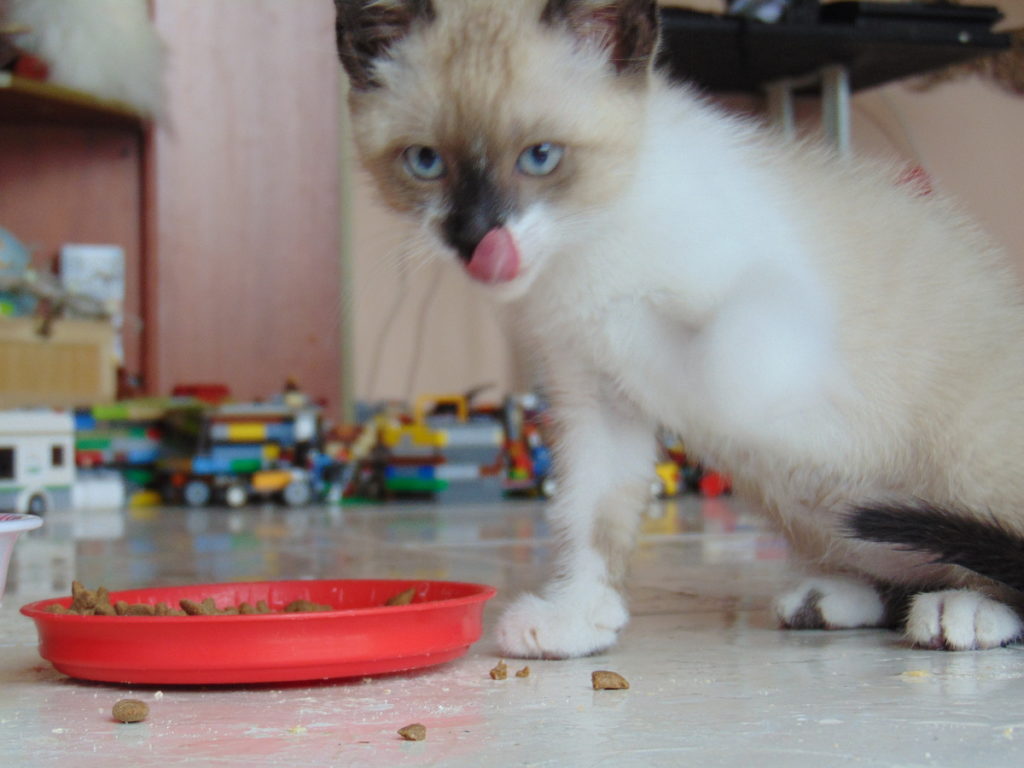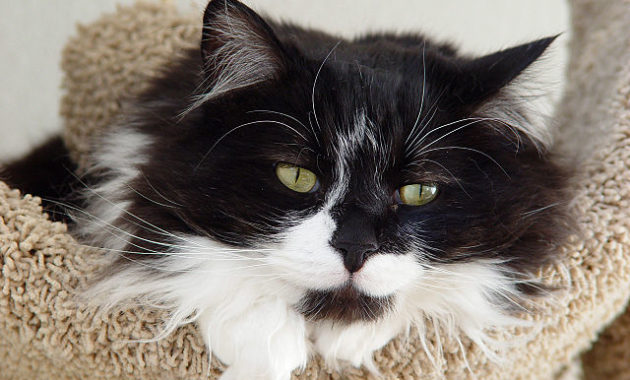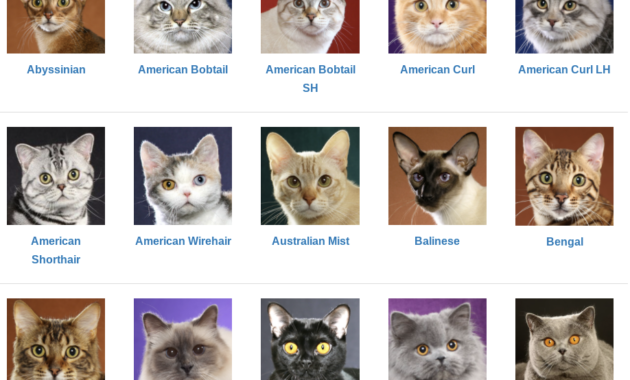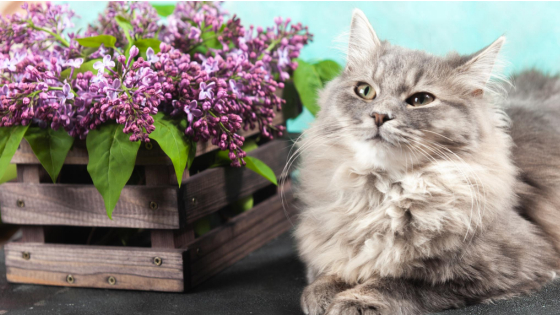The question of whether cats control their tails is not a straightforward inquiry with a simple answer. While it may seem that felines have precise mastery over every twitch and flick of their tails, a closer examination reveals a more intricate relationship between a cat and its appendage.
The complexities lie in the dual nature of tail movements, where deliberate actions merge with reflexive responses, creating a dynamic interplay that showcases the multifaceted abilities of these enigmatic creatures. As we explore the nuances of tail control in cats, we unravel a captivating realm where intention and instinct converge, inviting us to ponder the depths of their mysterious behaviors.
Key Takeaways
- Cat tails are primarily under voluntary control for balance, communication, and intentional actions.
- Involuntary tail movements can occur during deep sleep, reflex actions, or due to trauma.
- Sensory nerves in cat tails enable them to feel touch and pain, contributing to their functionality.
- The nervous system plays a crucial role in both voluntary and involuntary movements of cat tails.
Tail Control: A Cat's Balancing Act
Cat tail control is a crucial aspect of a feline's ability to maintain balance and navigate its environment effectively. This control stems from the cat's innate instinct to adjust its tail for stability during various activities.
The tail, extending from the base to the tip, plays a vital role in a cat's daily life, aiding in tasks such as climbing, jumping, and precise movements. Even cats without tails demonstrate remarkable adaptability. Their tail anatomy, consisting of vertebrae, muscles, blood vessels, nerves, connective tissue, skin, and fur, contributes to their overall agility.
Understanding the significance of tail control provides insight into how cats interact with their surroundings and underscores the importance of this feature in their physical capabilities.
Emotional Expression Through Tail Movements
A cat's tail serves as a dynamic tool for conveying a wide range of emotions and intentions through subtle movements and positions. Cats use their tails to express feelings such as happiness, fear, aggression, and affection. Through a combination of movements and positions, a cat can communicate its mood and intentions effectively.
Some common tail expressions include:
- Puffed Tail: Indicates fear, aggression, or being startled.
- Slow Tail Flicking: Shows irritation or impatience.
- Curled Tip: Signifies a friendly and content demeanor.
Understanding these tail movements can help cat owners better interpret their feline companion's emotions and respond accordingly.
Factors Influencing Involuntary Tail Movements
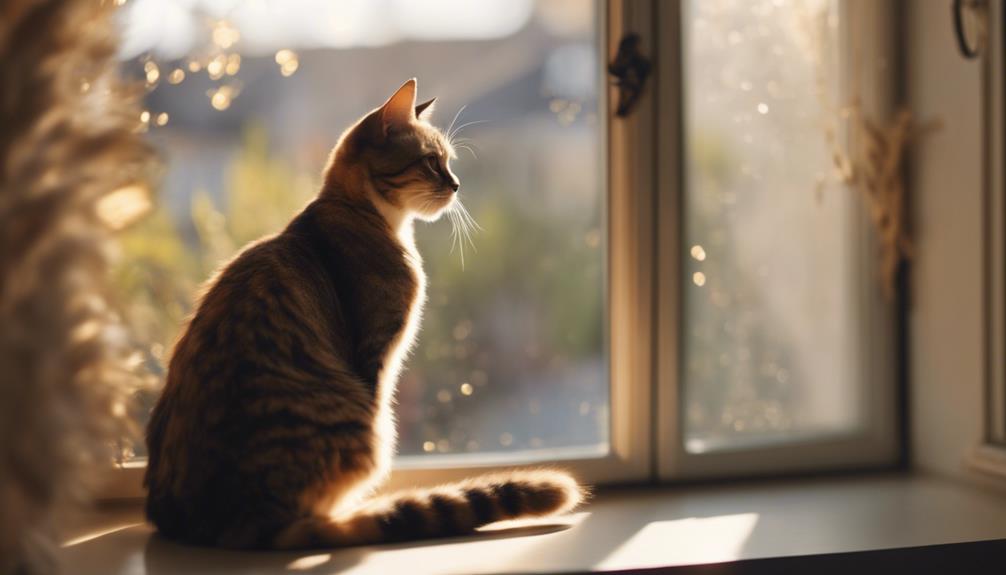
Factors influencing involuntary tail movements in cats can be attributed to various neurological and physiological conditions. Neurological disorders, such as spinal cord injuries or nerve damage, can disrupt the communication between the brain and the tail muscles, leading to uncontrolled movements.
Additionally, certain medical conditions like hyperthyroidism or arthritis can impact a cat's tail control. Injuries, such as fractures or sprains in the tail area, can also result in involuntary tail movements due to pain or discomfort.
Furthermore, underlying health issues affecting a cat's overall nervous system functioning can manifest in abnormal tail movements. Understanding these factors is crucial in identifying and addressing any potential health concerns related to involuntary tail movements in cats.
Understanding Cat Tail Sensitivity
The sensitivity of a cat's tail plays a vital role in their overall sensory perception and communication abilities. Cats rely on their tail sensitivity to navigate their surroundings, communicate with other animals, and express their emotions effectively.
- Cat tails are equipped with sensory nerves that enable them to experience touch and feel pain if injured.
- The tail sensitivity allows cats to respond to their environment promptly and protect themselves from potential harm.
- Understanding and respecting a cat's tail sensitivity is essential for building a strong bond with your feline companion and ensuring their well-being.
The Intricacies of Cat Tail Nervous System
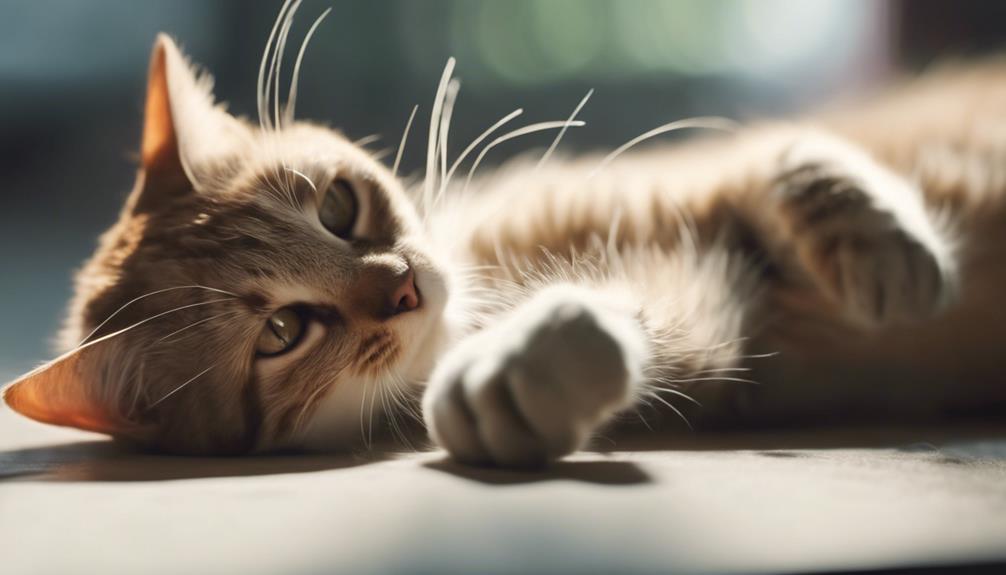
Cat tail movements are intricately linked to the cat's nervous system, highlighting the intricate coordination between sensory and motor functions in feline anatomy.
The nervous system plays a vital role in controlling the tail's voluntary and involuntary movements. Spinal cord nerves branch out into the tail, enabling cats to exhibit a wide range of tail motions.
Motor nerves allow for intentional actions such as swishing, twitching, or wrapping around objects, aiding in balance, communication, and hunting. Simultaneously, sensory nerves in the tail provide cats with sensitivity to touch and pain perception.
Any disruptions to the nervous system can impact a cat's tail functionality, leading to irregular movements or decreased responsiveness. Understanding the complexity of the cat's tail nervous system sheds light on its essential role in a cat's overall well-being.
Conclusion
In the intricate dance of feline behavior, the cat's tail emerges as a conductor of emotions and instincts, orchestrating a symphony of balance and communication. Like a painter's brush on canvas, the tail of a cat paints a vivid picture of their inner world, revealing a story of grace, agility, and sensitivity.
Through intentional control and involuntary responses, the cat's tail serves as a window into their complex and mysterious nature, inviting us to marvel at the beauty of their nonverbal language.

